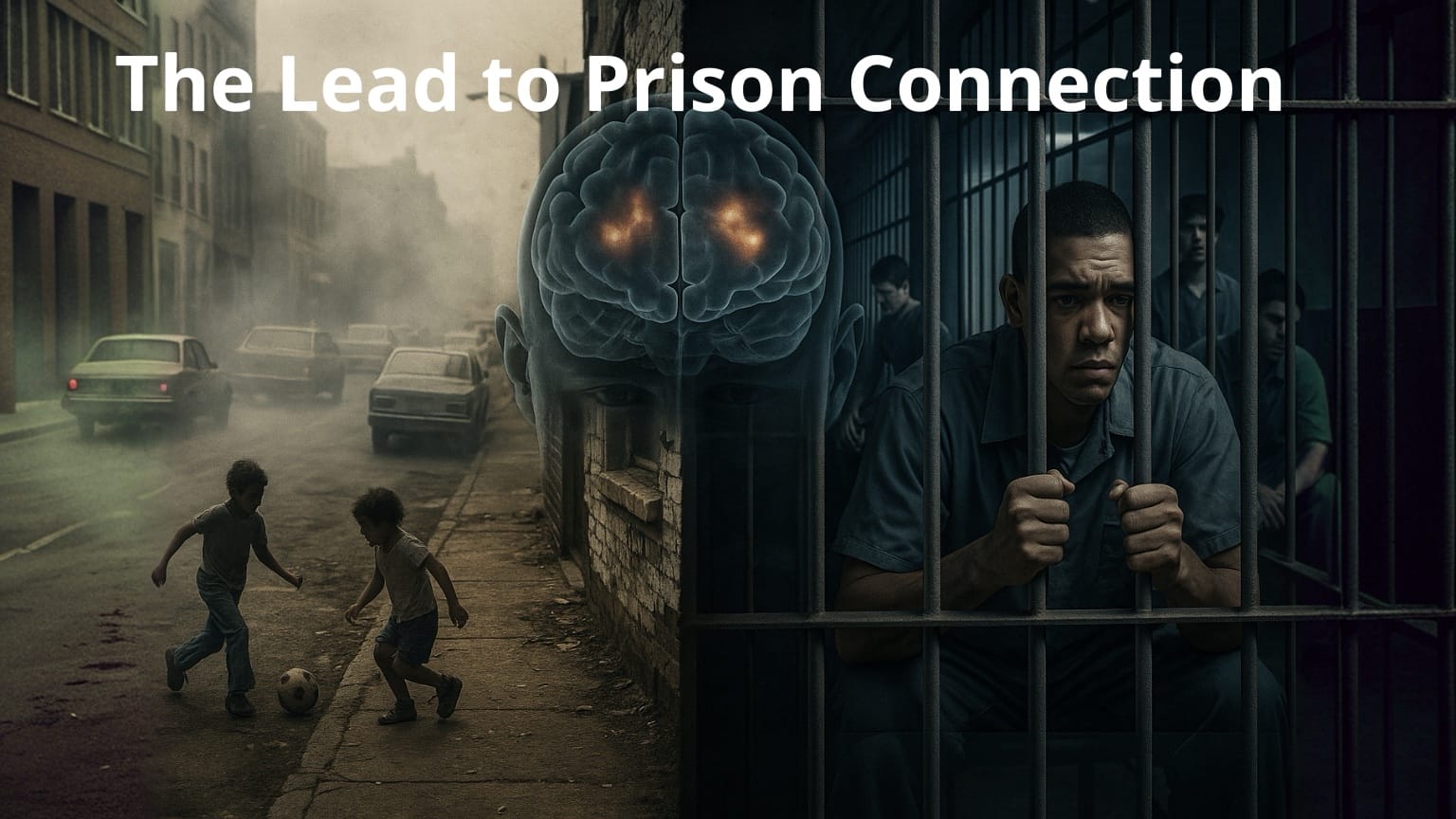Lead poisoning drove America’s crime epidemic
In 1995, Princeton professor John DiIulio warned America of coming “superpredators”—30,000 new “young juvenile criminals so impulsive, so remorseless that they can kill, rape, maim without giving it a second thought.” His predictions, amplified by influential criminologists and adopted by policymakers including Hillary Clinton, drove a mass incarceration frenzy. Three strikes laws, juvenile transfers to adult courts, and draconian sentencing policies imprisoned millions.
Every prediction proved catastrophically wrong. Crime declined dramatically—but not because of tough-on-crime policies. Multiple lines of scientific evidence reveal the real cause: between 1923 and 1996, the U.S. government allowed 8 million tons of lead from gasoline to poison children’s developing brains. Lead damages the prefrontal cortex, permanently impairing impulse control and increasing aggression. When lead-poisoned cohorts reached their twenties, violent crime surged. As lead-free generations matured, crime plummeted. We didn’t have a moral crisis—we had an environmental poisoning crisis. And we responded by imprisoning the victims.
